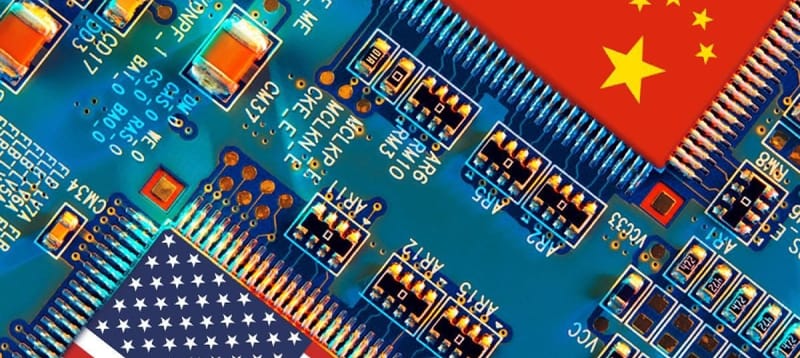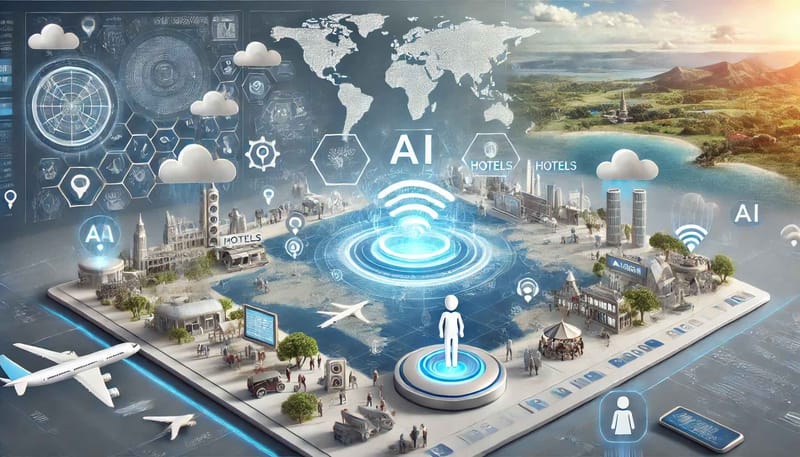Digital Twins: Transforming Industries and Paving the Way for the Future
Explore how digital twins revolutionize industries by integrating AI, AR/VR, and sustainability, leading innovation in smart cities and beyond.
Digital twins are revolutionizing industries by creating real-time virtual replicas of physical systems, processes, or entities. These digital models enable organizations to analyze, predict, and optimize their operations, ultimately saving time and resources. With recent advancements in artificial intelligence and data analytics, digital twins are becoming integral to sectors such as manufacturing, healthcare, and smart city management.
What Are Digital Twins?
Digital twins are dynamic, digital counterparts of physical objects or systems. Unlike static models, they are continuously updated with real-time data gathered from sensors, IoT devices, and advanced analytics. This real-time data stream allows for accurate simulation of different scenarios, helping organizations predict outcomes, identify inefficiencies, and make data-driven decisions.
Key Developments
Generative AI for Enhanced Predictions:
The integration of generative AI is transforming digital twins by enabling them to perform more sophisticated predictive analytics. For example, in supply chain management, AI-enhanced digital twins can forecast potential disruptions, suggest corrective measures, and even optimize inventory levels, improving overall resilience and efficiency.
Immersive Experiences with AR/VR:
Augmented Reality (AR) and Virtual Reality (VR) are enhancing the utility of digital twins. In industries such as real estate and healthcare, digital twins combined with AR/VR provide immersive, interactive experiences. Real estate developers, for instance, use digital twins to offer virtual tours of properties, while healthcare providers simulate patient care environments to improve clinical outcomes.
Driving Sustainability:
Digital twins are crucial in promoting sustainability. By modeling and optimizing energy use, waste management, and resource allocation, digital twins help organizations achieve their sustainability goals. Cities like Singapore and Helsinki employ digital twins to manage urban infrastructure more efficiently, reduce congestion, and minimize environmental impact.
Industrial Metaverse:
The concept of the industrial metaverse—an immersive virtual environment for engineering and manufacturing—is gaining traction. Companies like Siemens are collaborating with technology giants to use digital twins for virtual prototyping, reducing the time and cost of product development while increasing innovation speed.
Pioneering Experiments and Research
The National Institute of Standards and Technology (NIST) has launched a comprehensive study to explore the potential of digital twins in various sectors, including smart cities, healthcare, and energy management. This research aims to develop a framework for digital twin security, interoperability, and scalability, crucial as more industries adopt this technology.
The IEEE International Conference on Digital Twin in December 2024 will further advance the conversation by bringing together thought leaders to discuss the latest innovations, address existing challenges, and define future directions for digital twin applications.
Global Leaders in Digital Twin Adoption
Several countries are leading the way in digital twin technology:
United States: The U.S. is at the forefront, with major companies like GE and IBM pioneering new applications in sectors such as aerospace, automotive, and healthcare. The government, through agencies like NIST, is also pushing forward research and standardization efforts.
China: Known for its rapid technological advancements, China is deploying digital twins extensively for smart city planning, traffic management, and infrastructure development. Cities like Beijing are leveraging digital twins to enhance urban planning and optimize resources.
Singapore: As a leader in smart city initiatives, Singapore is uses digital twins to manage urban systems, including traffic, public utilities, and emergency services, through its “Virtual Singapore” project, a comprehensive digital replica of the city-state.
Germany: With a strong industrial base, Germany is focusing on digital twins to revolutionize manufacturing and energy management. The country is adopting this technology to optimize processes in its automotive industry and manage renewable energy resources efficiently.
The Road Ahead for Digital Twins
The digital twin market is expected to grow significantly, projected to reach $138 billion by 2030. As adoption widens across sectors, the emphasis will shift towards developing global standards, ensuring robust data security, and expanding applications to new domains. The future holds immense potential, with digital twins enabling more accurate decision-making, driving sustainability, and fostering innovation across industries.
Digital twins represent a new era where virtual and physical worlds seamlessly interact, providing a powerful tool for optimization, prediction, and innovation in a rapidly changing global landscape.






